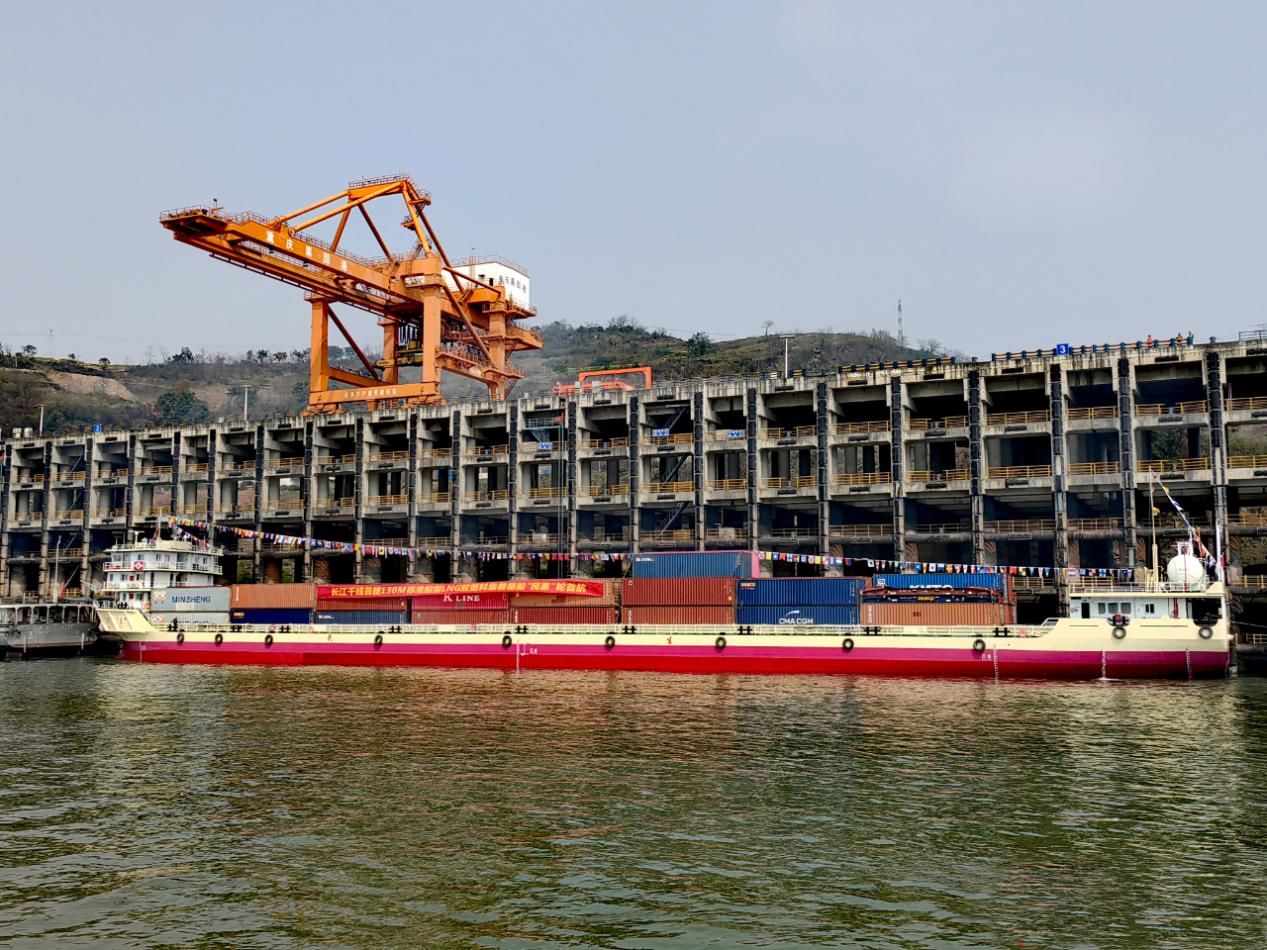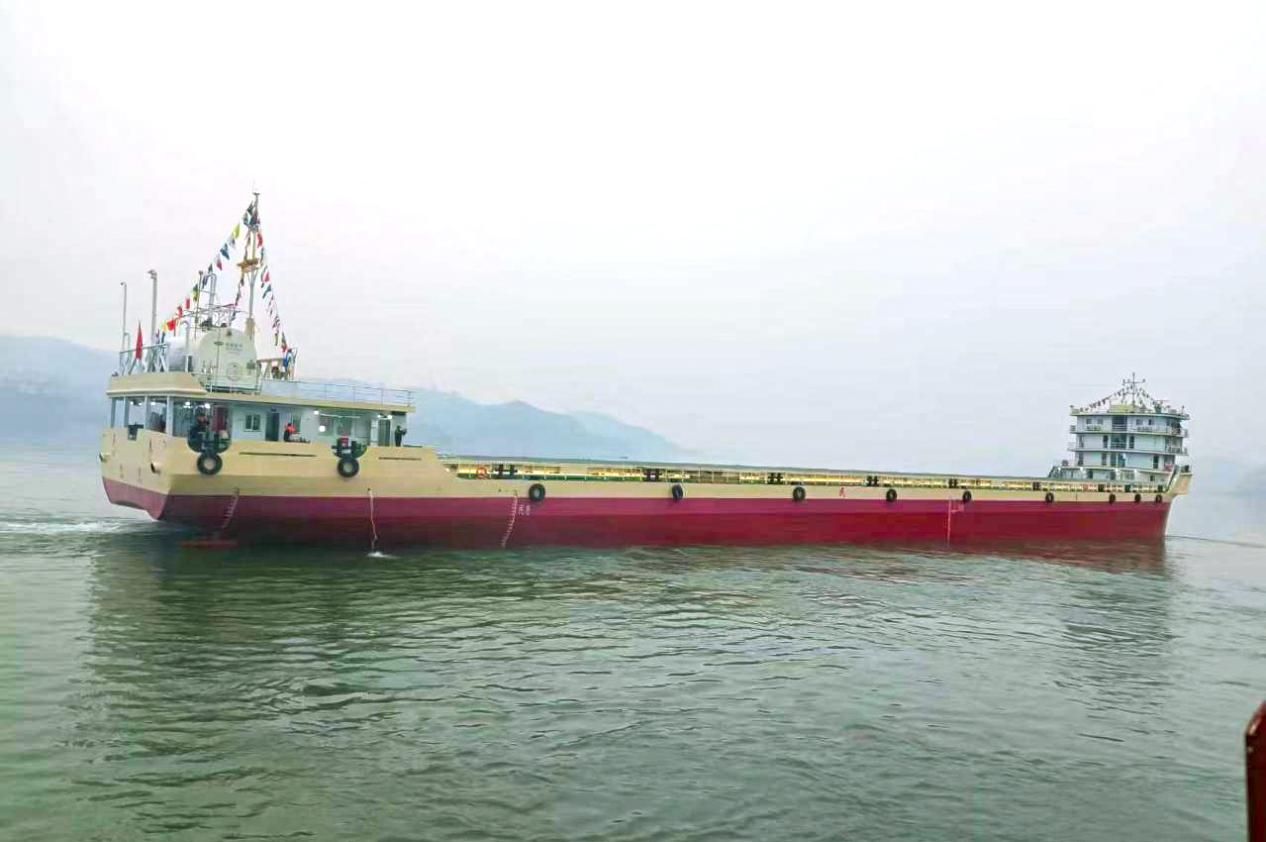Recently, the first 130-meter standard LNG dual-fuel container ship of Minsheng Group “Minhui”, which was built by HQHP, was fully loaded with container cargo and left the orchard port wharf, and began to be officially put into use it’s the practice of large-scale application of 130-meter standard LNG dual-fuel container ship again.
The first 130-meter standard LNG dual-fuel container ship on the Yangtze River
The “Minhui” ship has a total length of 129.97 meters and a maximum container capacity of 426TEU (standard containers),which meets the CCS domestic certification requirements. The rest three “Minyi”, “Minxiang”, and “Minrun” will be put into operation before May.
This batch of ships adopts the LNG FGSS(High Quality Dual-Fuel Powered Ship Gas Supply Skid Factory and Manufacturer | HQHP (hqhp-en.com)), security control system(High Quality Ship Security Control System Factory and Manufacturer | HQHP (hqhp-en.com)), venting system and double-wall pipes(High Quality Double-Wall Pipe For Marine Application Factory and Manufacturer | HQHP (hqhp-en.com) independently developed by HQHP. Ship design, construction, and inspection are all completed in Chongqing, China, and HQHP technicians guide the installation and commissioning on-site throughout the process. The container ship has carried out a series of innovations, using high-strength steel to reduce the ship’s own weight and increase the cargo load capacity; a two-station bow thruster is installed to realize the ship’s in-situ U-turn, which improves maneuverability and safety. The FGSS uses internal circulating water heat exchange system technology(High Quality Water bath electric heat exchanger Factory and Manufacturer | HQHP (hqhp-en.com)), which has the characteristics of high efficiency, safety, and stable operation. It has good operability and safety, and the effect of energy saving and emission reduction is obvious. Compared with traditional fuel ships, LNG-powered ships can reduce 99% of sulfur dioxide and fine particulate matter emissions, 85% of nitrogen oxide emissions and 23% of carbon dioxide emissions, with significant environmental advantages.
As the largest inland waterway in China, there are dense ports along the Yangtze River, and the total shipping volume of the Yangtze River exceeds 60% of the total inland waterway shipping. At present, diesel is the main power fuel for transport ships, and ship exhaust gases such as sulfur oxides, nitrogen oxides, carbon oxides, and particulate matter have become one of the sources of air pollution. The commissioning of this batch of LNG dual-fuel container ships will be of great significance to promoting the adjustment of the green and low-carbon energy structure of the Yangtze River Shipping and promoting the green and high-quality development of the Yangtze River Economic Belt.
HQHP has experience in many inland and offshore demonstration LNG application projects worldwide and continues to strengthen research on marine LNG technology to provide customers with high-quality systematic solutions for water LNG storage, transportation, bunkering, and terminal applications.
Post time: Apr-15-2023






